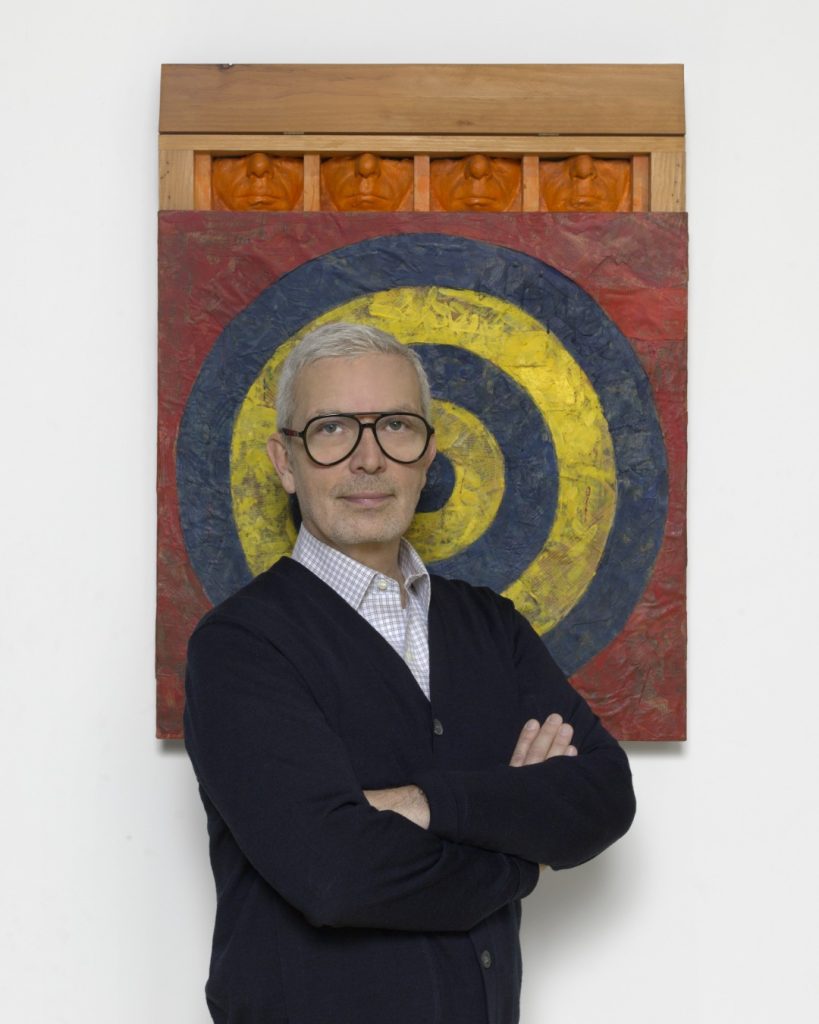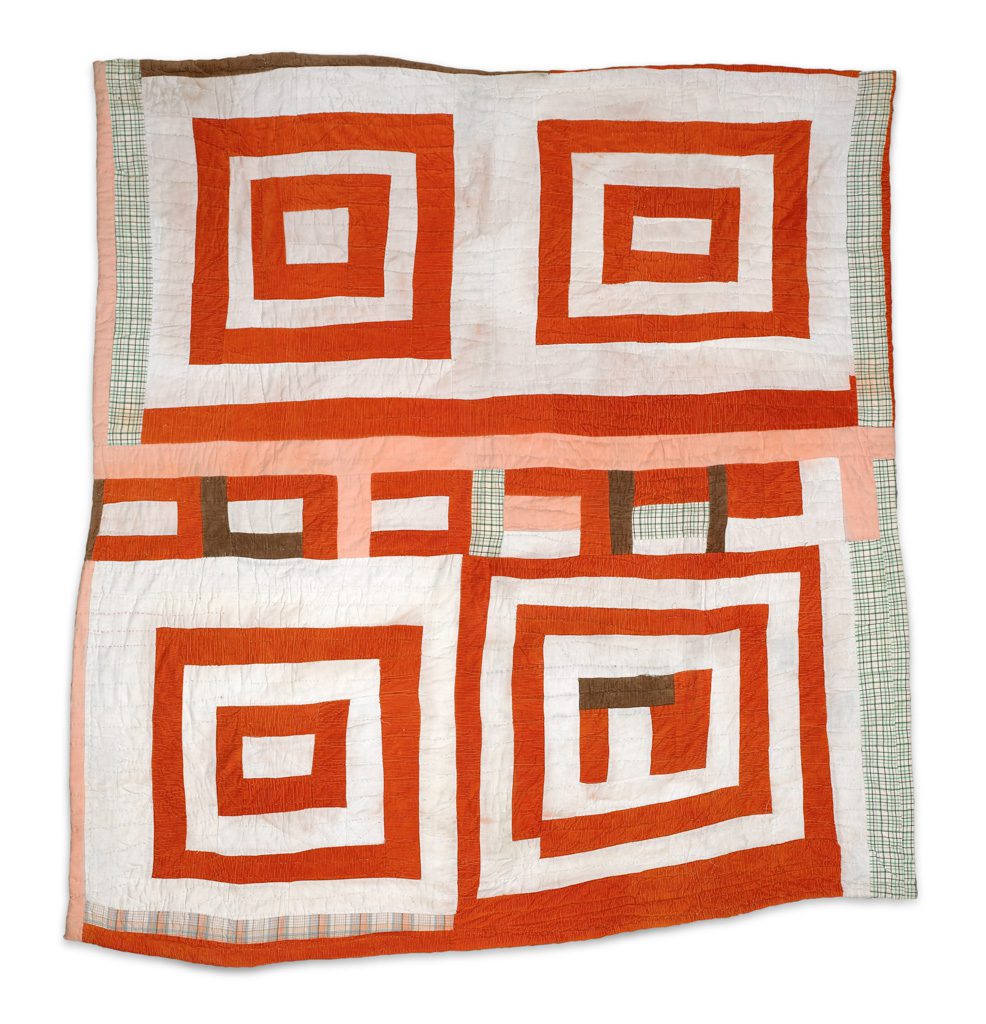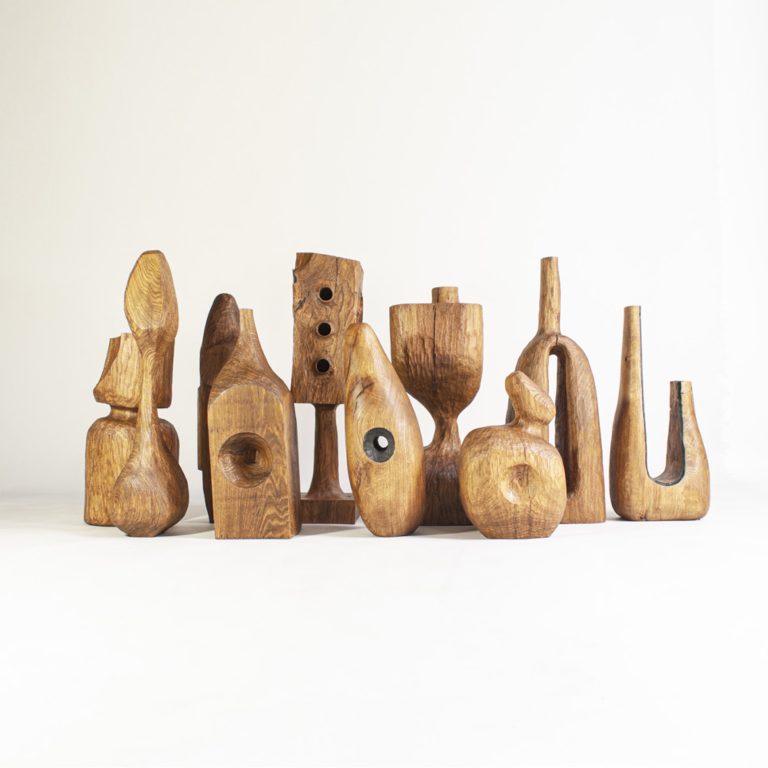Welcome to Art Paris 2024, where artistic discovery takes centre stage. With a diverse array of galleries from across the globe, this year’s edition explores themes of ‘Art & Craft’. Curated by Nicolas Trembley, the fair promises to showcase both emerging talents and forgotten pioneers. Join us as we delve into the intersection of tradition and innovation with Nicolas Trembley, renowned for his exploration of contemporary art and craftsmanship.
hube: As a curator with a particular interest in the intersection of contemporary art and craftsmanship, how do you perceive the significance of events like Art Paris for showcasing themes such as ‘Art & Craft’ in the contemporary art world? What sets this thematic focus apart from other presentations at art fairs?
Nicolas Trembley: Art Paris is a great platform to advocate such a theme. The growing interest in craft at large is often presented in institutions so the fact that a contemporary art fair focuses on the theme and shows historical and contemporary works is important today. The collectors and visitors can discover a selection of pieces that are for sale. The gallerists can inform them about the artists.
h: With ‘Art & Craft’ highlighting the historical and cultural significance of artisanal practices, could you elaborate on how this theme reflects the broader influence of craftsmanship on contemporary art today, both in terms of technique and conceptual approach?
NT: The market functions like waves and sometimes certain practices are inspiring and sometimes not. At the moment there is a strong resurgence of interest towards pieces in textiles or ceramics that we did not see so much a decade ago. The rediscovery of art practices that stayed out of the big art history opens new discussions and replaces those works next to the traditional mediums such as paintings or sculptures. But craft practices are old and were very important in movements like the Bauhaus.
h: As someone deeply engaged with the intersections of contemporary art and artisanal practices, what challenges and opportunities do you see for artists, curators, and critics in promoting a more inclusive and expansive understanding of art in today’s cultural climate? How does the ‘Art & Craft’ theme address these dynamics?
NT: The projects I work for go beyond simply showcasing crafts and their beauty. It explores the political and feminist implications of crafts and how they can be used to challenge and subvert dominant power narratives in art. I always cite the productions of Gee’s Bend, women who were descendants of slaves in Alabama and who produced important abstract textiles while participating in the civil rights movements. Those notions are important today because we realise that the art history we know is more complex and rich than we were told. Modern art excluded numerous practices that co-existed quite happily, at the beginning of the 20th century. It compartmentalised the different mediums and established a hierarchy between them while marginalising some techniques and groups of artists or even throwing them on the scrap heap of history. Today, we are living in a time when we are reassessing a heritage that brings together the arts, popular traditions and folklore and this focus provides the demonstration.

Photography by ANNIK-WETTER

“Housetop” — Four Block Variation, 1970’s
Courtesy of STEPHEN PITKIN/PITKIN STUDIO

